Home>Gardening & Outdoor>Landscaping Ideas>How To Mow Really Tall Grass
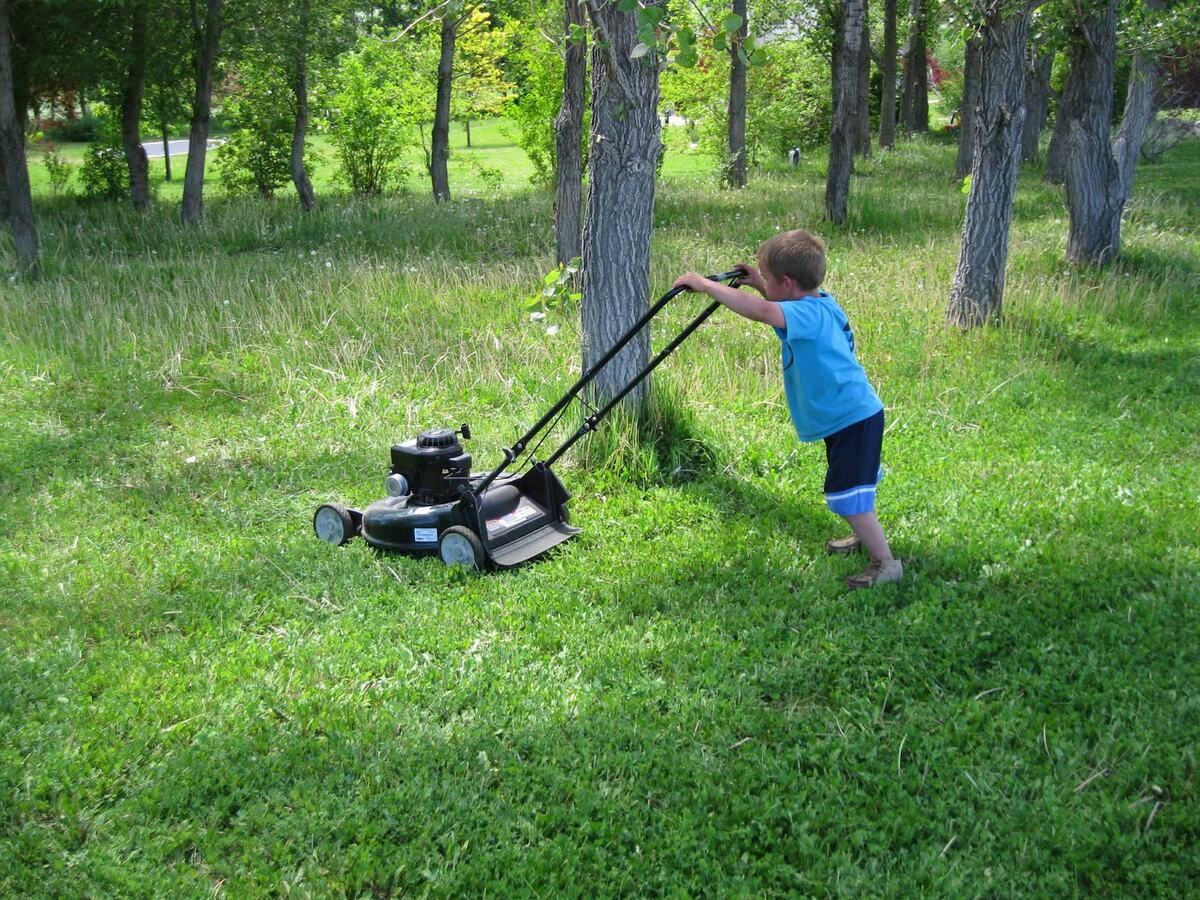

Landscaping Ideas
How To Mow Really Tall Grass
Published: January 25, 2024
Learn effective landscaping ideas for mowing really tall grass with our expert tips and techniques. Keep your lawn looking its best with our comprehensive guide.
(Many of the links in this article redirect to a specific reviewed product. Your purchase of these products through affiliate links helps to generate commission for Storables.com, at no extra cost. Learn more)
Introduction
Welcome to the world of landscaping, where the beauty of nature meets the artistry of human hands. As a homeowner or property manager, maintaining a well-groomed lawn is a point of pride and a reflection of your commitment to creating an inviting outdoor space. However, when it comes to tackling overgrown or really tall grass, the task can seem daunting. Fear not, for with the right knowledge and techniques, you can transform that unruly jungle into a picturesque landscape.
In this comprehensive guide, we will delve into the intricacies of mowing really tall grass, providing you with the insights and tips you need to achieve a professional-looking result. From understanding the challenges of mowing tall grass to mastering the essential techniques, we’ve got you covered. So, grab your gardening gloves and let’s embark on this green adventure together!
Key Takeaways:
- Taming really tall grass requires patience, precision, and the right equipment. Gradually adjust mower height and employ proper techniques to achieve a well-groomed lawn while nurturing grass health.
- After mowing tall grass, provide diligent aftercare by watering, fertilizing, and overseeding to support grass recovery and maintain a lush, vibrant landscape. Attention to detail enhances the overall aesthetic appeal.
Read more: How To Mow Really Long Grass
Understanding the Challenges of Mowing Tall Grass
Mowing tall grass presents a unique set of challenges that differ from the routine maintenance of a well-kept lawn. When grass is allowed to grow excessively, it becomes dense and intertwined, making it resistant to standard mowing practices. Understanding these challenges is crucial to approaching the task effectively.
One of the primary issues with mowing really tall grass is the potential strain it can place on your mower. The dense vegetation can clog the blades and discharge chute, leading to inefficiency and potential damage to the equipment. Additionally, tall grass may conceal obstacles such as rocks, branches, or debris, posing a risk of damage to the mower and creating safety hazards for the operator.
Moreover, excessively tall grass often indicates a period of neglect or rapid growth, which can result in uneven patches and overgrown areas. This makes it difficult to achieve a uniform cut and may require multiple passes with the mower to achieve the desired result. Furthermore, the accumulation of thatch and dead grass within the tall vegetation can hinder the mower’s ability to cleanly cut through the overgrowth.
Another challenge is related to the overall health of the grass. When left unattended, grass can become stressed, leading to nutrient deficiencies and decreased resilience. Mowing excessively tall grass without proper techniques can further stress the plants, potentially causing damage and inhibiting healthy regrowth.
Understanding these challenges underscores the importance of approaching the task of mowing really tall grass with careful preparation and the right strategies. In the following sections, we will explore the essential steps to overcome these challenges and achieve a well-manicured lawn, even when faced with overgrown vegetation.
Preparing Your Equipment
Before venturing into the realm of mowing really tall grass, it’s essential to ensure that your equipment is up to the task. Proper preparation of your mowing tools and machinery will not only enhance the efficiency of the mowing process but also contribute to the overall health of your lawn.
The first step in preparing your equipment is to conduct a thorough inspection of your lawn mower. Check the blades for sharpness and ensure that they are free from any damage or deformities. Dull or damaged blades can tear the grass rather than cutting it cleanly, leading to a ragged and uneven appearance. Sharpen or replace the blades as needed to guarantee a precise and effective cut.
Next, examine the discharge chute and the underside of the mower deck. Remove any accumulated debris, clumps of old grass, or hardened mud that may obstruct the flow of grass clippings. This will prevent clogging during the mowing process and maintain the mower’s efficiency.
Additionally, inspect the air filter, spark plug, and oil level of your mower to ensure that it is in optimal working condition. Clean or replace the air filter, if necessary, and top up the oil to the recommended level. A well-maintained engine will provide the necessary power and performance to tackle the challenges of mowing tall grass.
For larger properties or areas with particularly dense overgrowth, consider using a string trimmer or brush cutter to clear the perimeter and any areas that the mower may have difficulty reaching. This will create a clear boundary and facilitate smoother mowing with the main mower.
Lastly, don’t forget to equip yourself with the appropriate personal protective gear, including safety glasses, sturdy footwear, and hearing protection. Mowing really tall grass can kick up debris and create loud noise, so safeguarding yourself is paramount.
By preparing your equipment meticulously, you set the stage for a successful mowing experience and contribute to the long-term health and appearance of your lawn. With your mower in prime condition and your safety gear in place, you’re ready to tackle the challenge of mowing really tall grass with confidence.
Setting Your Mower Height
One of the critical factors in mowing really tall grass is adjusting the mower’s cutting height to accommodate the overgrown vegetation. Setting the mower height correctly is essential for achieving an even and well-groomed appearance while promoting the health of the grass.
When faced with tall grass, it’s important to resist the temptation to mow it to the desired height in a single pass. Instead, the mowing height should be adjusted gradually to avoid placing excessive stress on the grass and the mower. Setting the mower deck too low initially can result in scalping, which not only creates an uneven surface but also weakens the grass and exposes the soil to potential damage.
Begin by setting the mower deck at its highest position, allowing for a substantial initial cut that reduces the overall height of the grass without shock or strain. Depending on the length of the overgrowth, you may need to make multiple passes at this higher setting to gradually bring the grass to the desired height. This gradual approach minimizes stress on the grass and ensures a more uniform and controlled mowing process.
As the grass is gradually brought to a manageable height, lower the mower deck incrementally with each subsequent pass. This gradual reduction allows the grass to recover from the initial cutting and adapt to the new height without undue stress. It also enables the mower to process the dense vegetation more effectively, preventing clogging and ensuring a cleaner cut.
It’s important to note that the ideal mowing height can vary depending on the grass species and environmental conditions. Refer to the recommended mowing heights for your specific type of grass to promote its health and vigor. Taller grass shades the soil, reduces evaporation, and promotes deeper root growth, contributing to a healthier and more resilient lawn.
By meticulously adjusting the mower height and adopting a gradual approach, you can effectively manage the challenge of mowing really tall grass while nurturing the long-term health and beauty of your lawn. With the mower deck set at the optimal height and your technique honed, you’re ready to embark on the next phase of the mowing process.
When mowing really tall grass, raise the mower deck to its highest setting to avoid cutting off too much at once. Gradually lower the deck with each pass until the desired height is reached. Always wear protective gear and clear the area of debris before mowing.
Mowing Techniques for Tall Grass
When it comes to mowing really tall grass, employing the right techniques is essential to achieving a professional-looking result while safeguarding the health of the lawn. By implementing the following strategies, you can navigate the challenges of overgrown vegetation and transform your unruly lawn into a well-manicured landscape.
First and foremost, patience is key when mowing tall grass. Resist the urge to rush through the process, as this can lead to uneven cutting, strain on the mower, and potential damage to the grass. Take your time and make multiple passes, gradually reducing the grass height with each iteration.
For the initial pass, mow in a direction that allows the mower to discharge the cut grass away from the area being mowed. This prevents the accumulation of excessive clippings, which can smother the grass and impede further mowing. Subsequent passes can be made in alternating directions to ensure a thorough and even cut.
When dealing with exceptionally tall grass, consider using a mulching mower or attaching a bagger to collect the clippings. Mulching the grass provides a natural source of nutrients as the clippings decompose, enriching the soil and promoting healthy regrowth. However, if the grass is excessively dense or wet, using a bagger can prevent the clippings from clumping and suffocating the lawn.
It’s important to maintain a consistent mowing speed to allow the mower to effectively process the tall grass without bogging down or clogging. However, be mindful of the mower’s capabilities and adjust your speed as needed to prevent strain on the engine and ensure a clean cut.
As you progress through the mowing process, periodically inspect the discharge chute and underside of the mower deck for any accumulation of clippings or debris. Clearing these areas as needed will prevent clogging and maintain the mower’s efficiency.
Lastly, pay attention to the overall condition of the lawn and make adjustments to your mowing technique as necessary. Areas with particularly dense or tangled growth may require additional attention, while sparse patches can be navigated with minimal passes to prevent overcutting.
By employing these mowing techniques with care and precision, you can conquer the challenge of mowing really tall grass while nurturing the health and aesthetics of your lawn. With a methodical approach and attention to detail, you’re well-equipped to transform your overgrown landscape into a verdant masterpiece.
Read more: How To Mow Very Tall Grass
Aftercare and Maintenance
Following the successful mowing of really tall grass, providing appropriate aftercare and maintenance is crucial to supporting the recovery and ongoing health of your lawn. By implementing the following practices, you can ensure that your landscape flourishes and maintains its manicured appearance.
First and foremost, it’s essential to water the lawn thoroughly after mowing tall grass. This helps the grass recover from the stress of being cut and encourages healthy regrowth. However, be mindful of overwatering, as excessively wet conditions can promote disease and inhibit root development. Aim to provide deep, infrequent watering to promote strong, resilient grass.
Applying a high-quality fertilizer after mowing can replenish essential nutrients and support the recovery of the grass. Look for a fertilizer specifically formulated for your type of grass and apply it according to the manufacturer’s instructions. This will help the grass regain its strength and vitality, contributing to a lush and vibrant lawn.
Inspect the lawn for any areas of uneven cutting or potential damage caused by the mowing process. Address any irregularities by trimming or touching up the affected areas to maintain a uniform and well-groomed appearance. This attention to detail enhances the overall aesthetic appeal of your lawn.
Consider overseeding any sparse or bare patches to promote denser and more uniform growth. Select a high-quality grass seed that is well-suited to your local climate and soil conditions, and apply it to the targeted areas following the mowing process. This encourages healthy new growth and contributes to a lush and resilient lawn.
Monitor the recovery of the grass closely in the days following mowing, paying attention to signs of stress or potential issues. Adjust your lawn care regimen as needed to support the health and vigor of the grass, ensuring that it rebounds from the mowing process and thrives in the weeks to come.
By providing attentive aftercare and maintenance, you can nurture the recovery of your lawn after mowing really tall grass and set the stage for long-term health and beauty. With these practices in place, your landscape will flourish, showcasing a vibrant and well-maintained expanse of greenery for you to enjoy.
Conclusion
Embarking on the journey of mowing really tall grass may initially seem like a daunting task, but armed with the right knowledge and techniques, you can transform an overgrown landscape into a pristine outdoor haven. By understanding the unique challenges posed by tall grass and preparing your equipment meticulously, you set the stage for a successful mowing experience.
Setting the mower height with precision and employing the appropriate mowing techniques allows you to navigate the dense vegetation effectively, achieving a well-groomed appearance while promoting the health of the grass. Patience, attention to detail, and a methodical approach are the cornerstones of conquering the challenge of mowing really tall grass.
Following the mowing process, providing diligent aftercare and maintenance ensures that your lawn recovers and thrives, showcasing a lush and vibrant expanse of greenery. By nurturing the health and aesthetics of your landscape, you create an inviting outdoor space that reflects your dedication to creating a beautiful and well-maintained environment.
So, as you gaze upon the transformed expanse of greenery, take pride in the accomplishment of taming really tall grass and revel in the beauty of your meticulously manicured lawn. With the right techniques and a touch of patience, you’ve unlocked the secret to mastering the art of mowing tall grass, and your landscape stands as a testament to your green-thumb prowess.
As you continue to tend to your outdoor oasis, remember that the challenges of mowing really tall grass are not insurmountable. Armed with the insights and techniques shared in this guide, you possess the knowledge and expertise to conquer the unruliest of lawns, transforming them into picturesque landscapes that beckon with their beauty and allure.
So, go forth with confidence, for the adventure of mowing really tall grass is no match for your determination and newfound mastery. Your landscape awaits, ready to flourish under your care and attention, showcasing the vibrant and well-manicured splendor that is the hallmark of a truly inviting outdoor space.
Frequently Asked Questions about How To Mow Really Tall Grass
Was this page helpful?
At Storables.com, we guarantee accurate and reliable information. Our content, validated by Expert Board Contributors, is crafted following stringent Editorial Policies. We're committed to providing you with well-researched, expert-backed insights for all your informational needs.
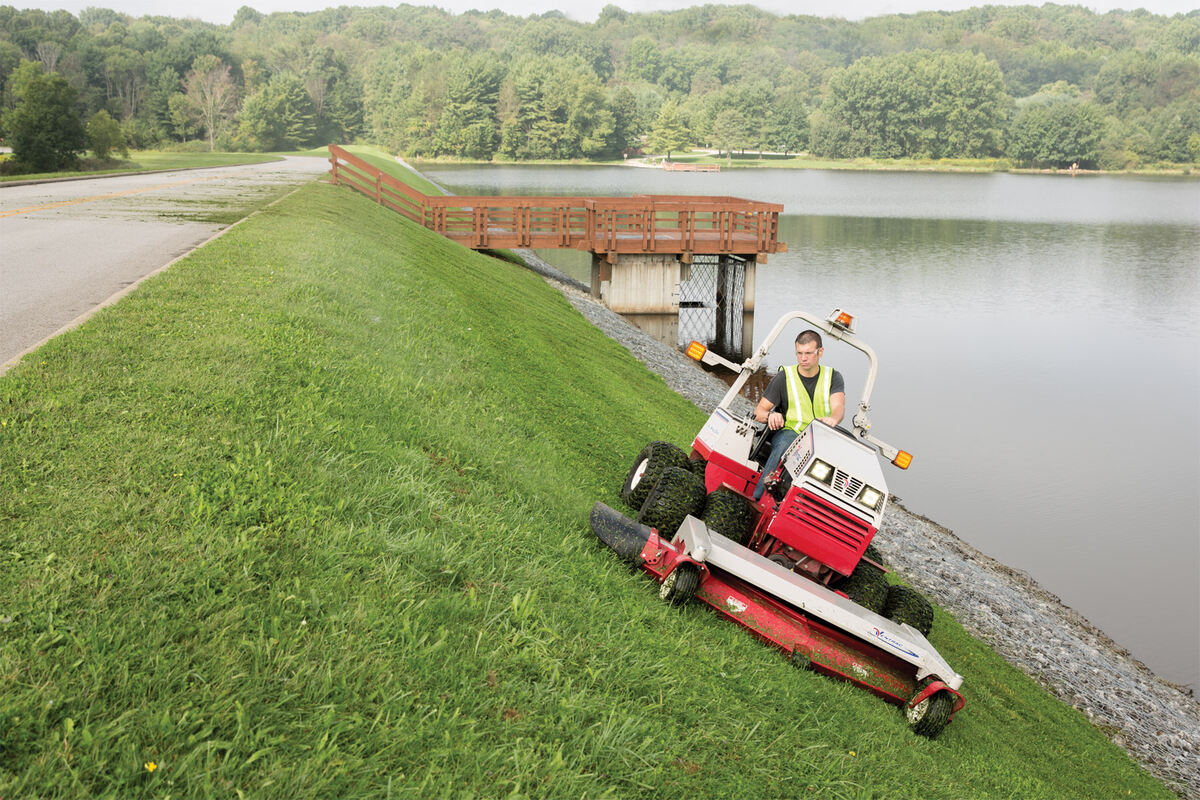
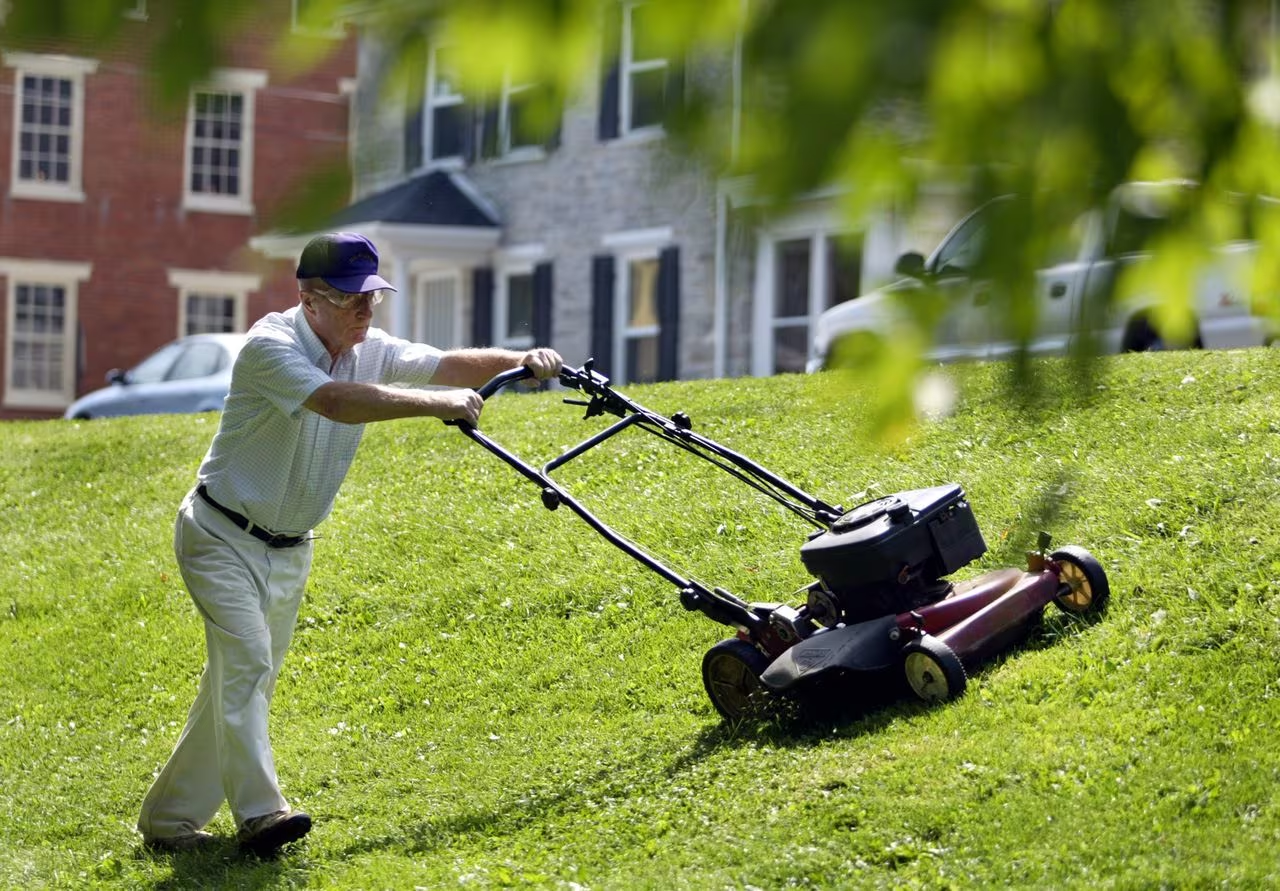
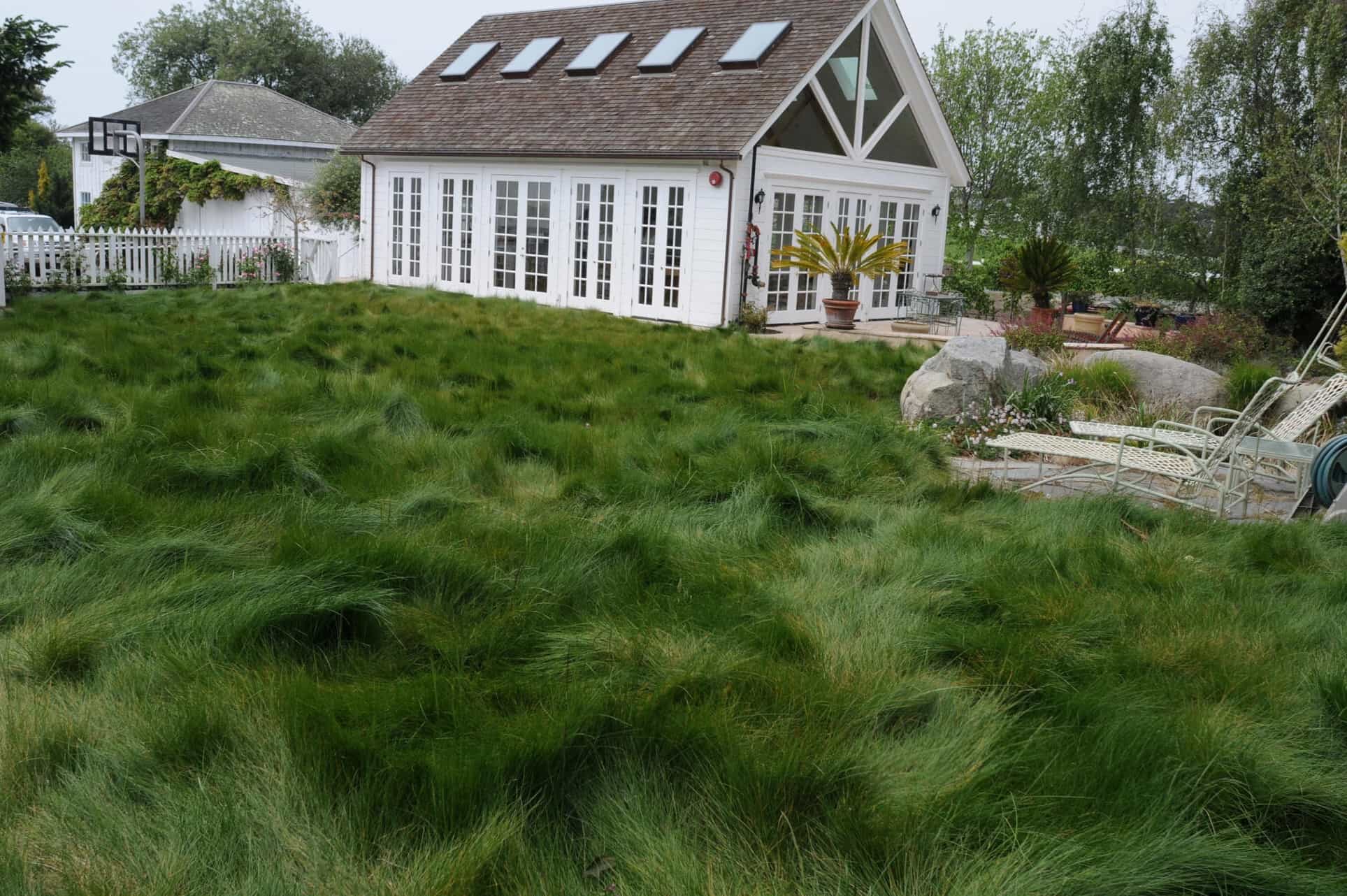
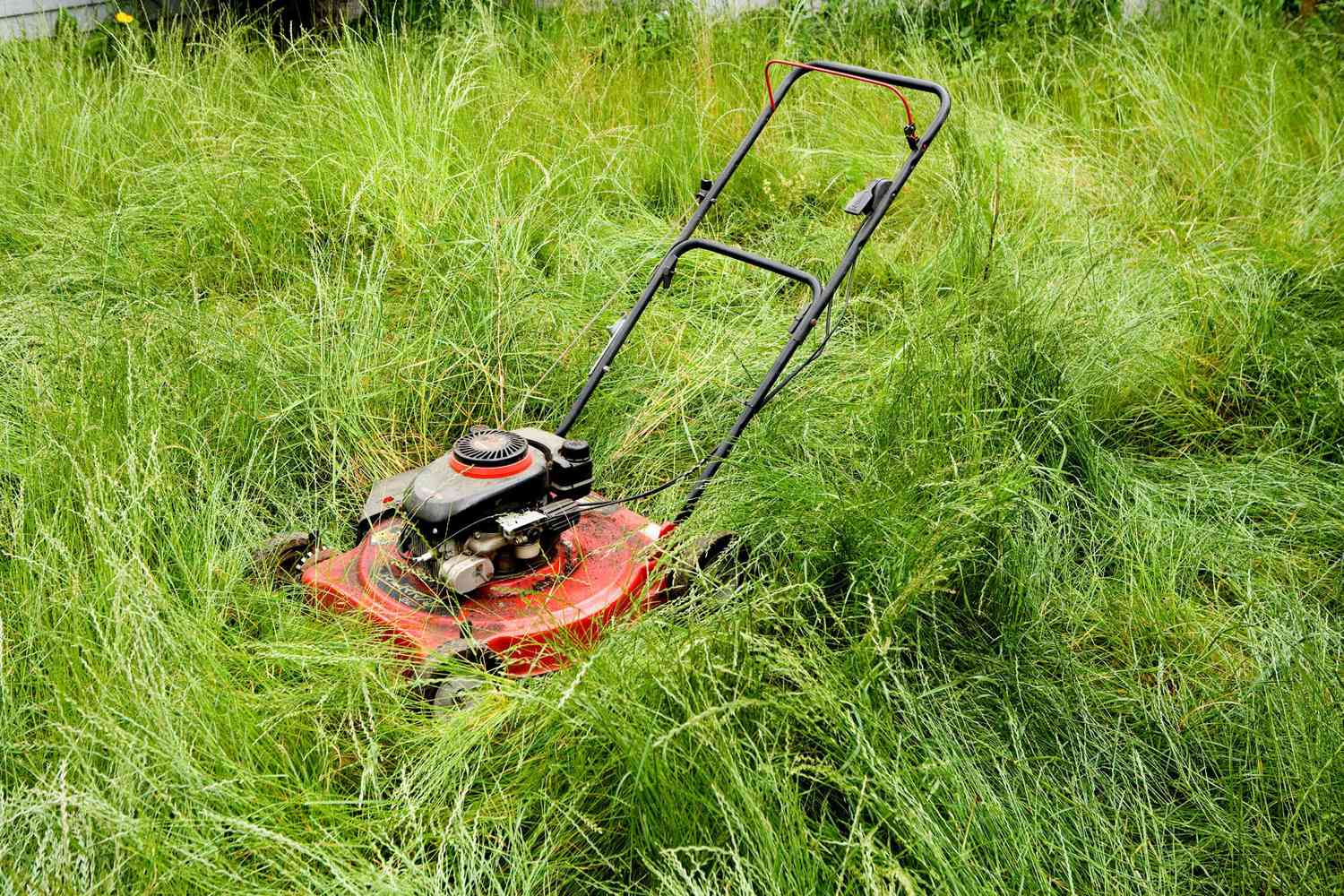
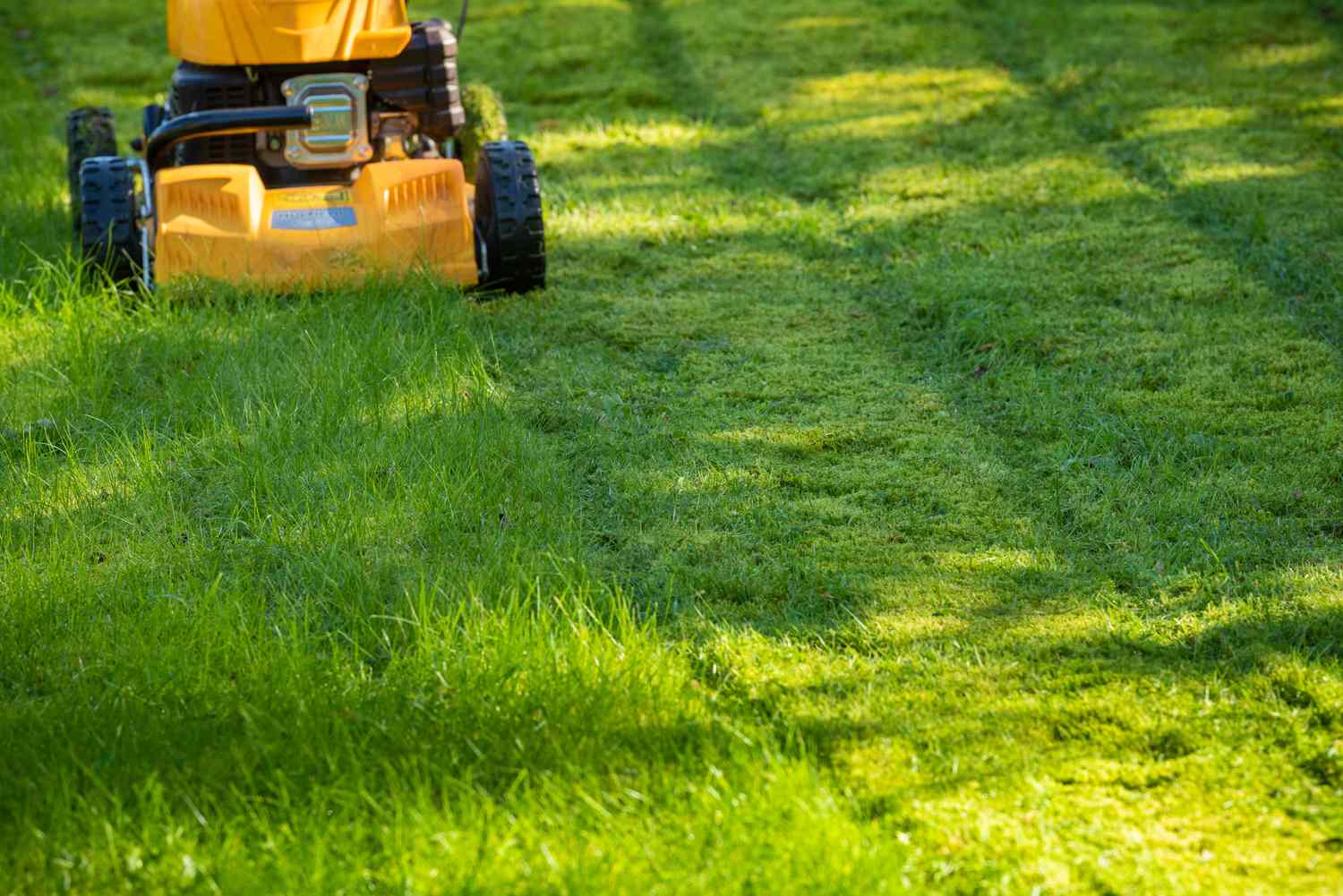
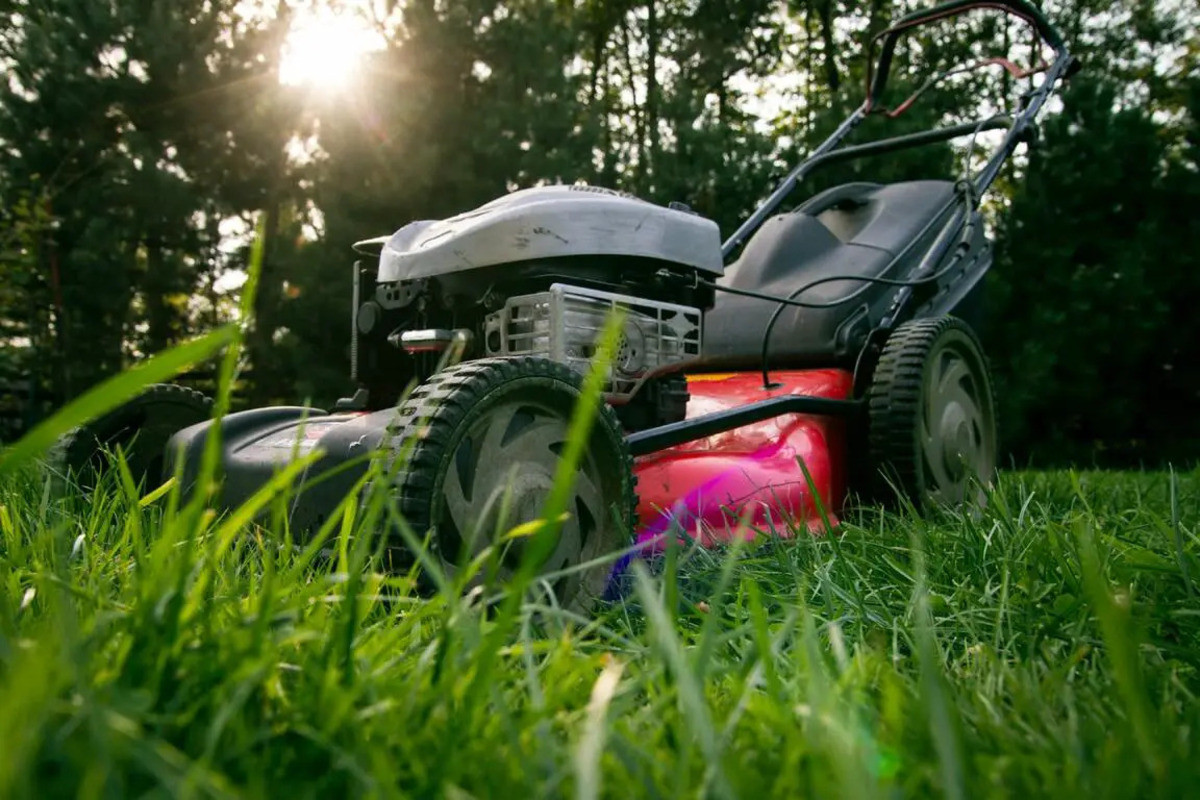
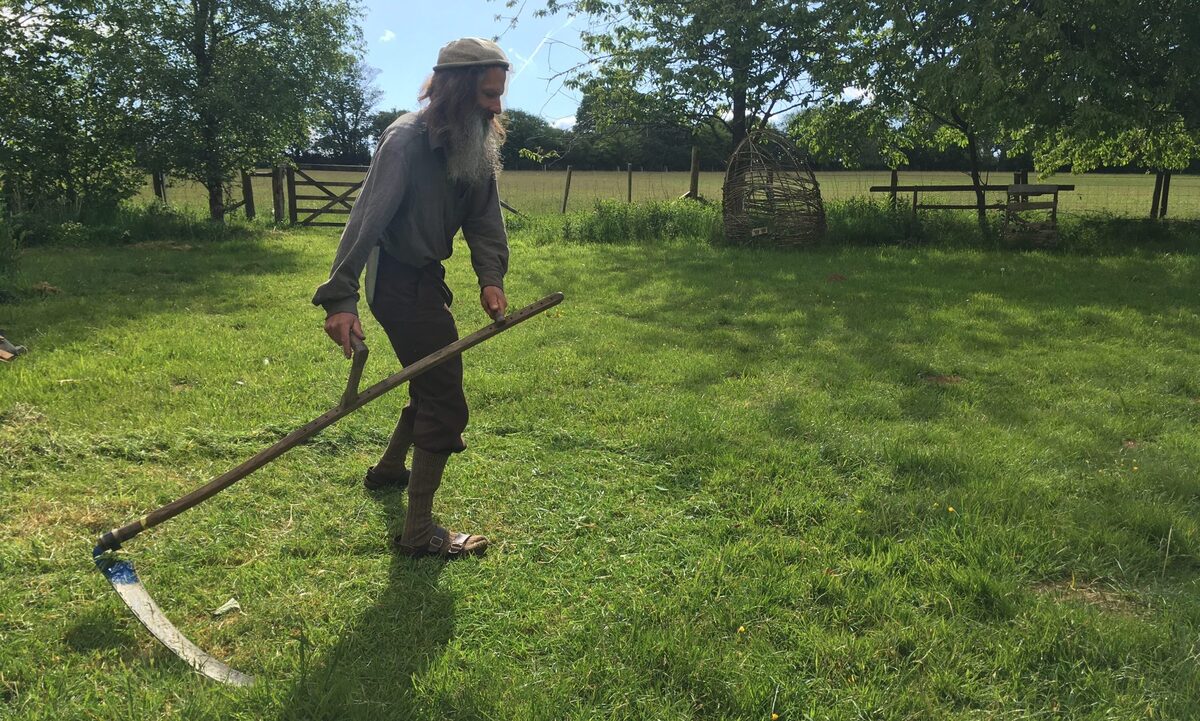
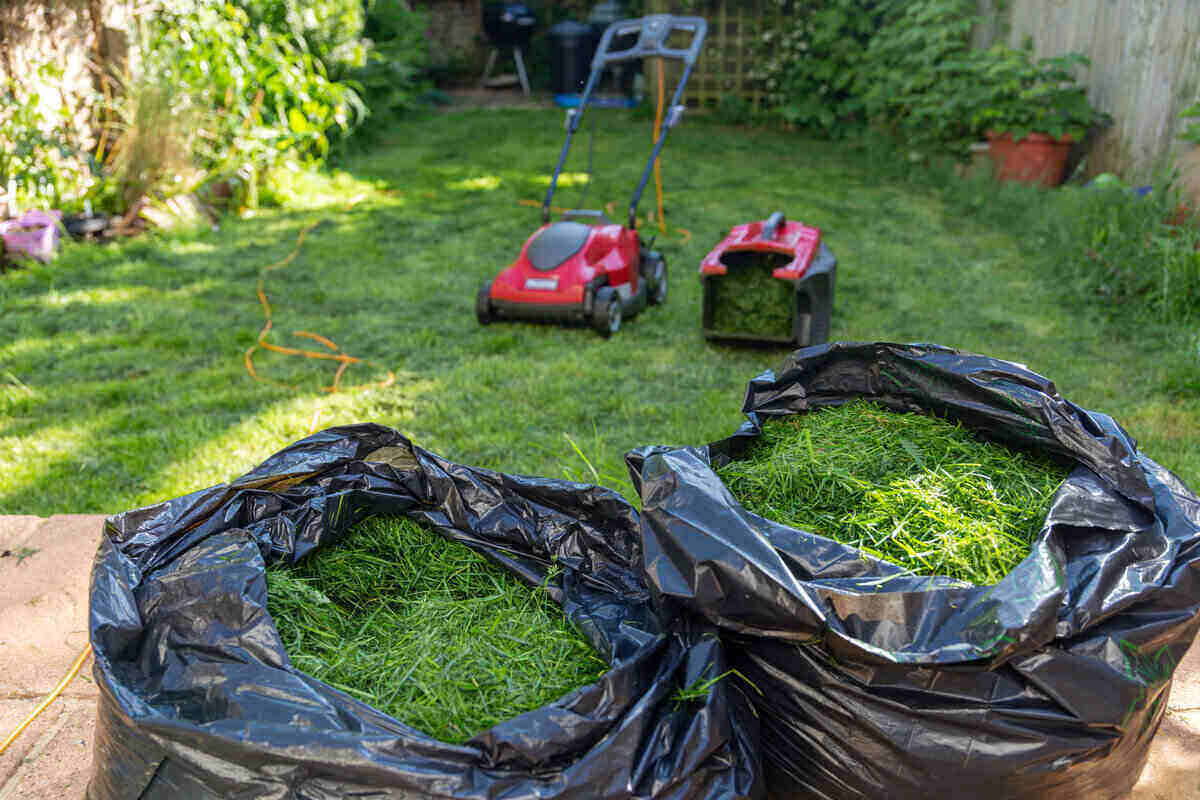
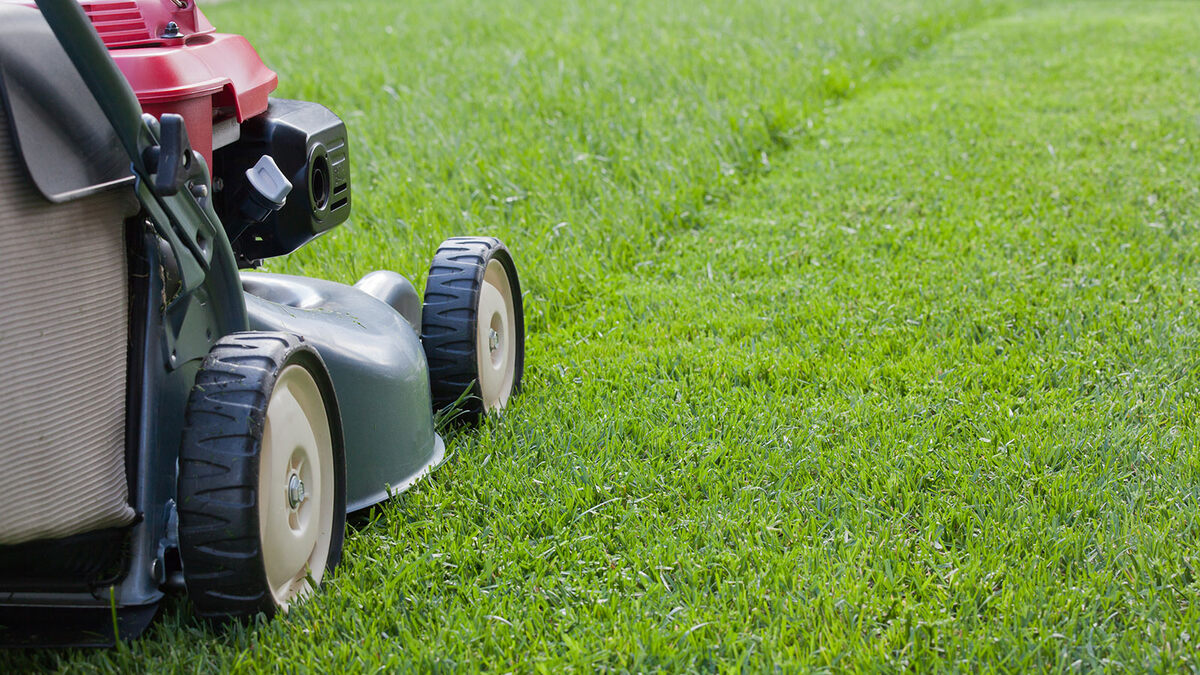
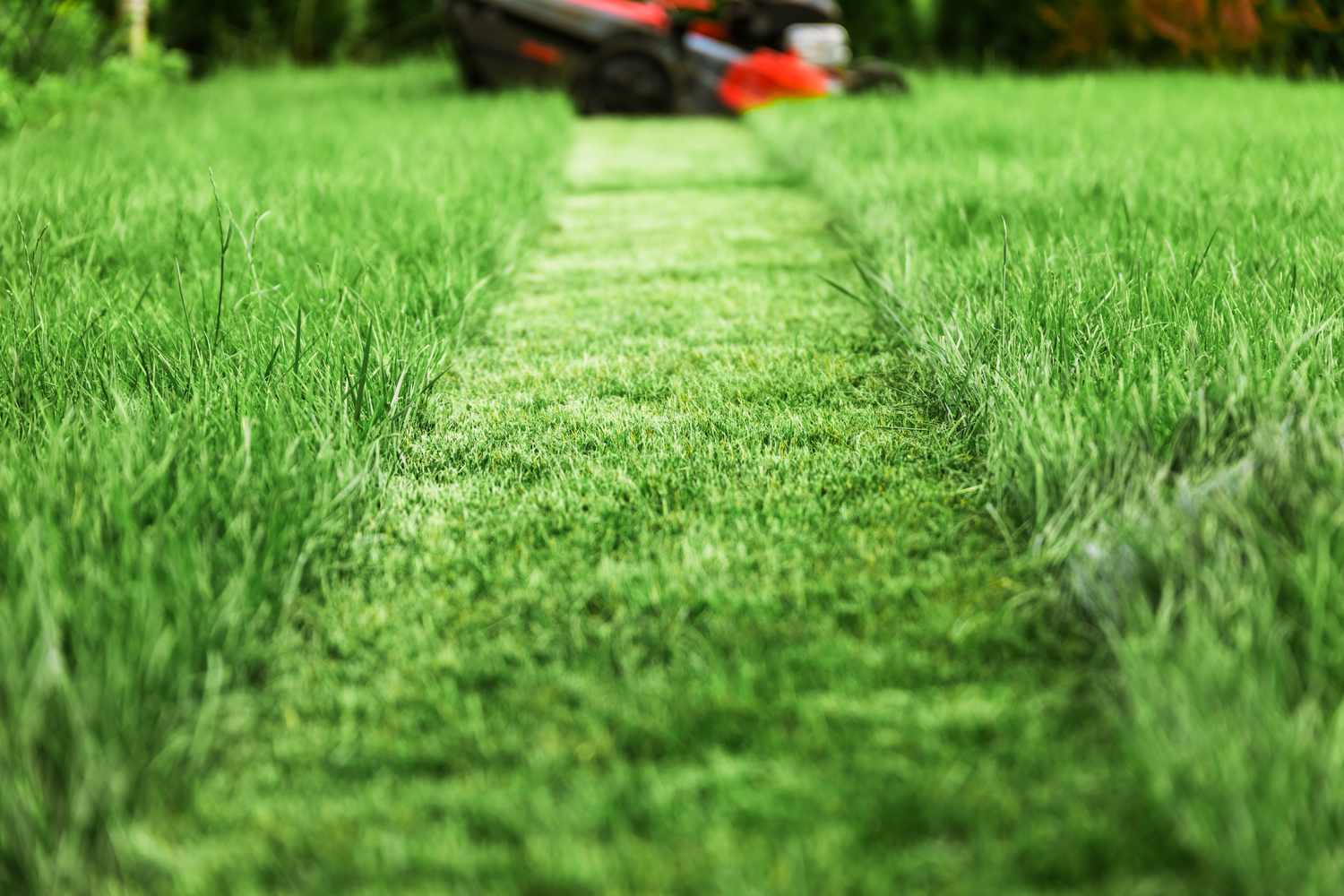

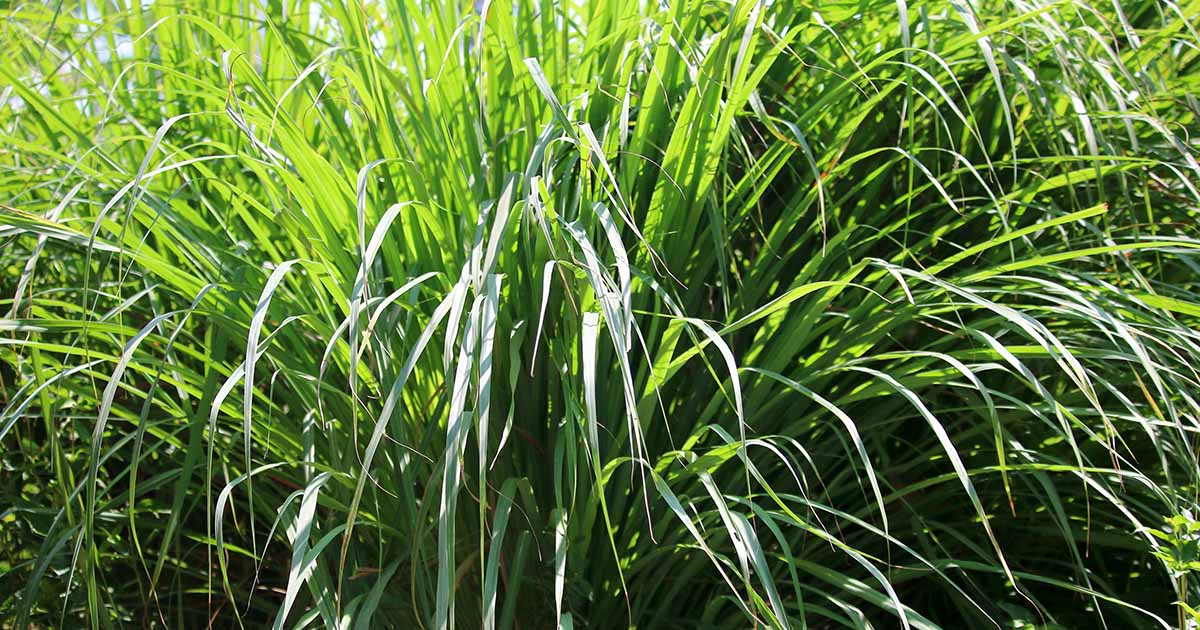
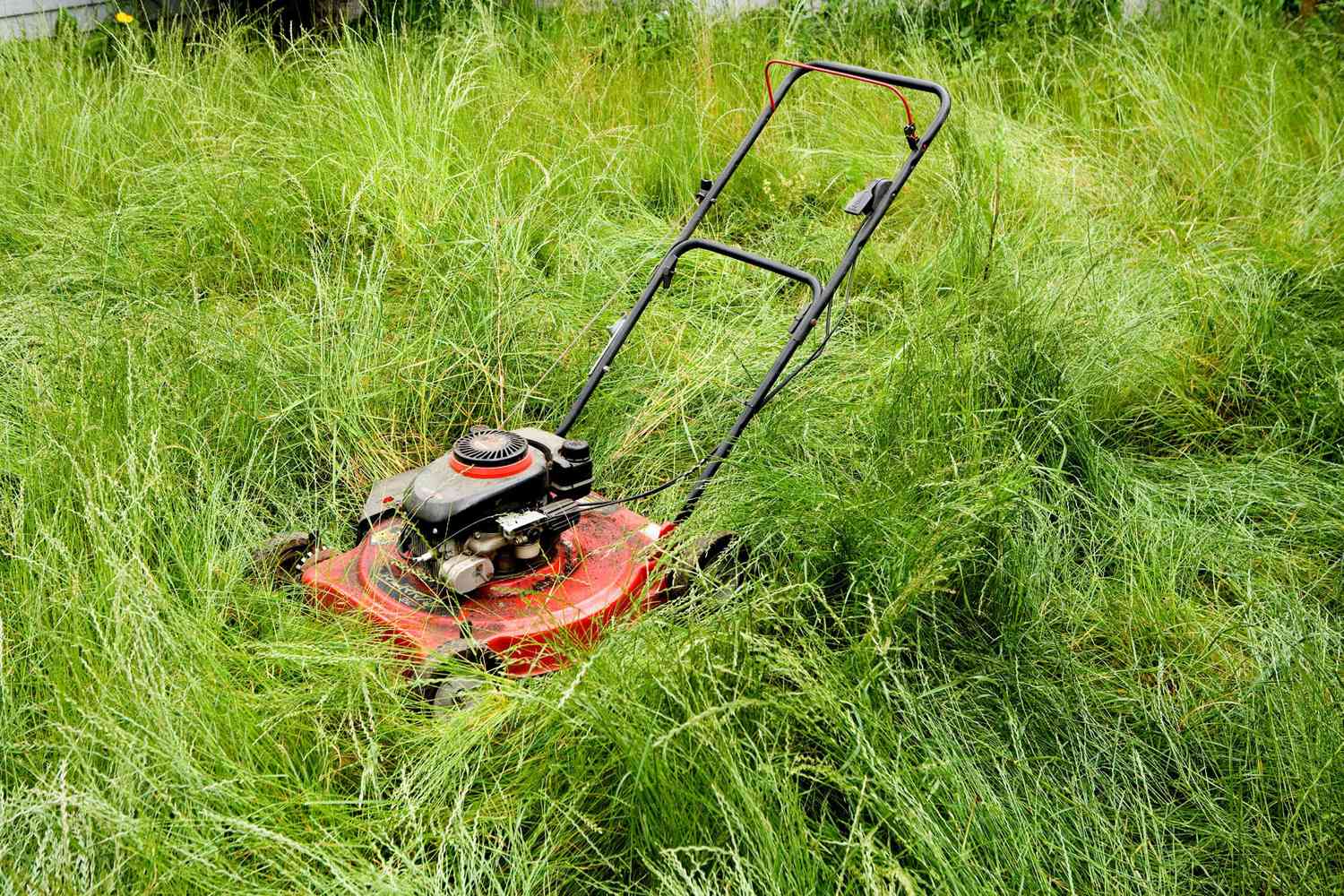
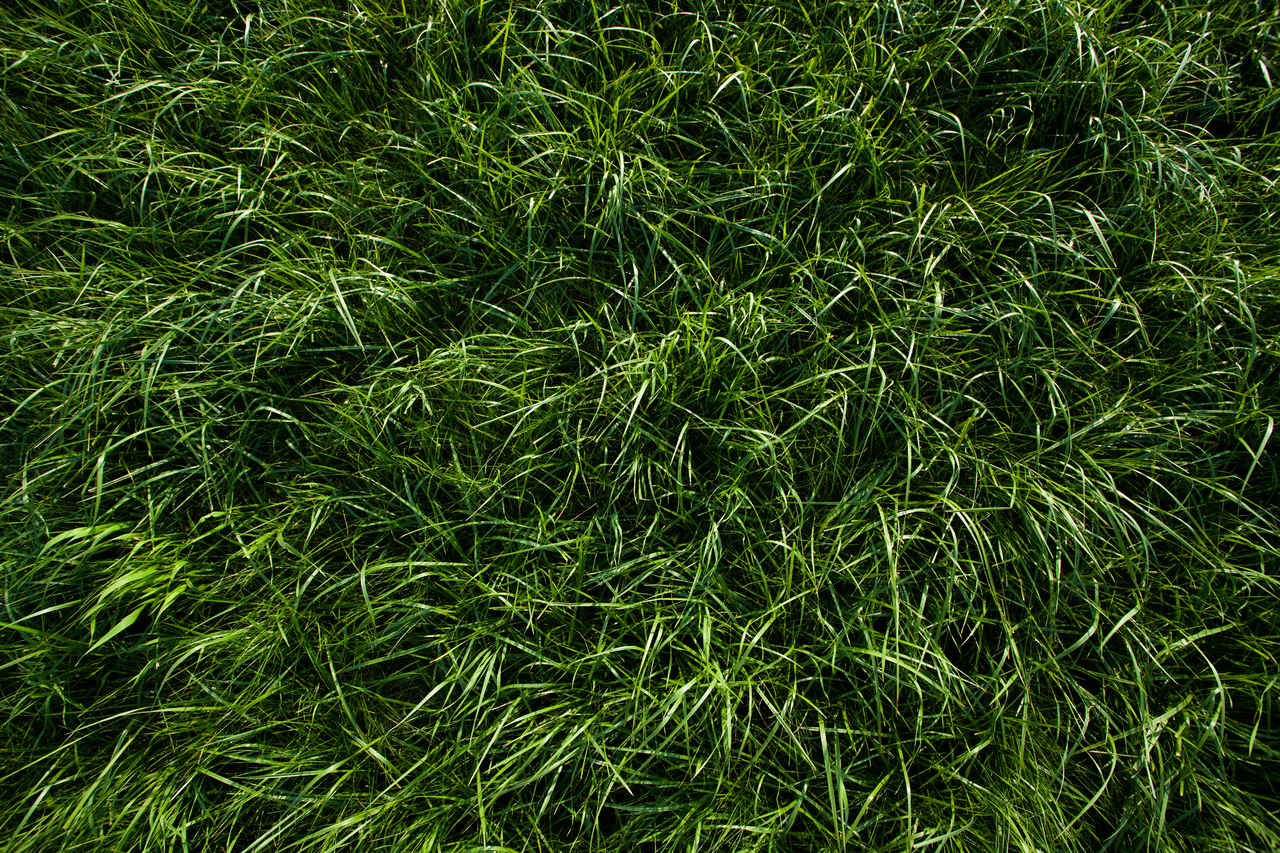

0 thoughts on “How To Mow Really Tall Grass”